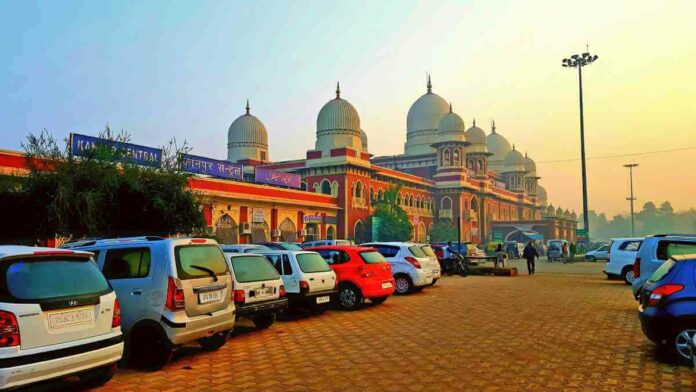
For a city so famous for its air quality that makes it permanently on the list of the most polluted urban areas in the world and notorious also in its stereotyping as an identity of people who chew and spit gutkha, Kanpur distinguished herself in an unrelated, if not opposite, aspect of her life. One of the happiest cities in the world and India’s only entrant in the 2023 list, this much-claimed Uttar Pradeshi conglomerate comes across as quite a nice place to imagine.
Finding expression in such a newfound reputation just outside the top 10 in a list of 40 of those places steeped in joie de vivre is this city that today also exuberates in the joy of a certain associated splendor. Kanpur is also the most affordable among all the happiest cities, though the occurrence of this collective identity is underpinned by its distinction of a 10th place as both a sunny haven and a friendly abode.
With so much work for this unusual contender to chase the bright, happy and sunny vibes, which to be frank isn’t all that surprising given that the concept of happiness itself is subjective and non-specific, Kanpur seems to survive even the rich heritage of its history. This, along with its continued charm of curated diversity in all areas of culture and cuisine, heritage and bustle, beauty and beyond, has only enhanced the flair in which this Eastern Manchester finds dashing fame.
Its eponym very exciting to be compared to the world’s first industrialized city of Manchester builds on its great popularity. A hub of the chemical, textile and leather industries, particularly preeminent in the latter case, Kanpur rises to its glory of being a major trading center. As the city where the first woolen mill in India was established, whose magnificence is affirmed until today under the name of Lal Imli, this current global positioning of Kanpur as also being a place close to being as happy as possible only enthuses the already accomplished contours of its populous identity.
Buzzing in the lingo of its commerce and crowded in the number of its inhabitants, the vibe of Kanpur could be mostly that of a very urban enunciation. It would also be in such tales of ‘modernity’ that the city has long dwelled in a cloud of dust also giving it the dubious distinction of being the most polluted city in the world at any given time. And that he has yet managed to claim space in the midst of a utopia of spaces globally recognized as being happy, sunny and friendly therefore speaks of a beauty innate to his being, widely deciphered and explored but somewhat minimized. Also.
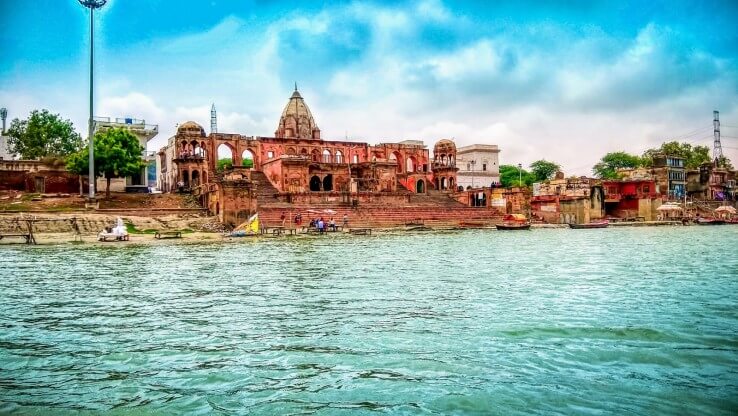
The character of Kanpur is one of harmonious wholesomeness. Even in its final existence as a metropolitan identity, the city lives through very important strands of religious and spiritual significance. A few kilometers from the center of the city is a place that takes on its full importance as the center of the earth. The Brahmavart Ghat in Kanpur is the place where mankind is said to have been born, by Lord Brahma who himself inhabited this place. And yet, for some reason, this holiest of holy ghats is not as well known, despite being steeped in such a measure of mythology. The tourist outlook for this place is quite promising, with its location along the banks of the Ganges making it a vantage point to witness spectacular sunrises while enticing in all the abundance of natural beauty.
The mythology continues to unfold across this land of what finds best presentation in the less festive aspects of its definition. Home to one of the most unique temples called the Dashanan Temple which is only open on a particular day of the year is the city of Kanpur where the demon king Ravana is held in reverence. On Dashami day which marks the climax of Durga Puja celebrations, the temple is opened and its presiding deity is worshipped. Considered the guardian of Lord Shiva and Goddess Chinmastika in addition to being an embodiment of ‘Shakti’ and ‘Gyan’, the 10-headed Ravana finds unexpected devotion in a land celebrating Lord Ram’s legacy.
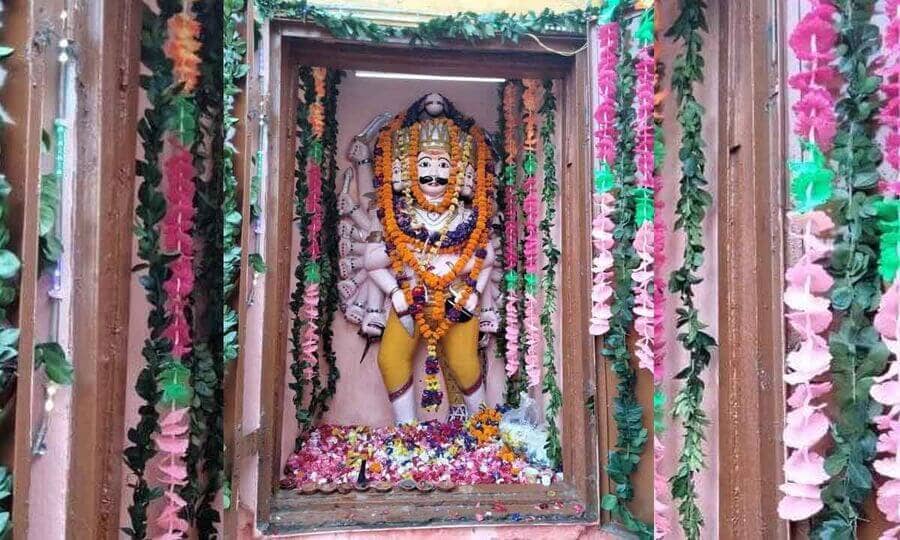
It is not just the spiritual premise, however, that gives the temple a distinct identity. Also remarkable is the architectural impression of the structure which is housed in an even more interesting premise of cultural composition. At the famous Shivala bazaar in Kanpur where the Dashanan temple and a Shiva temple find their place of sanctity, the surrounding atmosphere is one of a more humane eclecticism. A popular wedding market in the city and one that also offers a delicious blend of culture and cuisine, such curiosity lends Kanpuri’s overall narrative a significance belied by its more frenzied pop cultural presentation.
The essence of the religious continues to be infused in the greatest breath of what life in Kanpur emerges as, with the aesthetics taken care of as well as to unfold an experience encountering the joys of many pleasant surprises. Consider for example the Jain glass temple or Kanch Ka Mandir and the beauty of what is reflected through all this glass construction indeed offers as rewarding a view as what it offers through the ultimate nature of divine devotion.
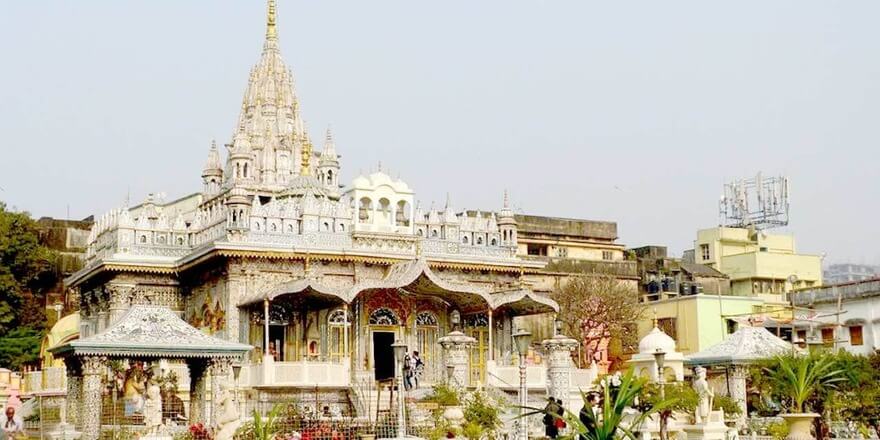
Venture into such realms that allow one to penetrate deeper into the essence of leathery luxury of Kanpur and one would land in its suburb of Jajmau. The earliest and greatest exhibit of Kanpur’s hallmark fame in its leather legion, the small geographical area of Jajmau holds in its power a staggering worth of around 1500 crores in annual income. With everything from leather garments to leather shoes and accessories coming from this equally important archaeological site, Jajmau is another definite dimension in which Kanpuri identity scouts stand out.
Sitting atop this “mound” of leather reputation is also a very spectacular place of religious reverence. Called the Jinnat Mosque, one that resonates with both mystical and spiritual aura, this immaculate specimen of Islamic evocation is not the only presence of divinity in this otherwise exclusively industrial commune. Jajmau is also home to the ancient temples of Siddhnath and Siddha Devi and is therefore also called Siddhapuri.
Like its build in the world renowned leather export, Kanpur is also essentially encapsulated in its identity by the inescapable magnificence of the Lal Imli. The historical significance of this original-named cotton mill is unmistakable, but the specificity of its architectural grandeur would also be important. Replicating England’s iconic Palace of Westminster in its architecture as well as its location settings, with a Big Ben as a clock tower, Lal Imli’s red brick statement is an awe-inspiring presentation then of a Kanpur very popular in its many displays of heritage.
A century-old structure and the sole survivor of all of Kanpur’s textile industry, the presence of Lal Imli is precisely why the town is known as the Manchester of the East. Evoking an emotion of wonder in each of his expressions of many beauties, Kanpur is perhaps perfectly willing to acquire for himself the current status of happiness so much that it has earned him a prestigious place on a curated list worldwide.
Wonder flows through the many winding spaces that shape Kanpuri’s physicality. Whether it is the country’s first plastic waste Ludo park or Kanpur Zoological Park, also known as Allen’s Forest Zoo, one of the few zoos in India to be established in a natural habitat, the city has always lived up to its own ideals of uniqueness. There is also Nana Rao Park which could be in a present day celebration of Nana Sahib but in history it commemorated the massacre of British women and children during the Indian Rebellion of 1857 and was then known as Memorial Well.
History also comes to life in Kanpur’s official museum, the Kanpur Sangrahalaya, as well as the Satti Chaura or Massacre Ghat, highly regarded for its touristic value. Tourism is also an exploration offered through the dam of the Ganges in its picturesque facades of waters and greens. The Moti Jheel and adjoining Moti Park are equally vibrant in the feel of such natural splendor, even though the aesthetics of the Japanese garden draw in an entirely different range from its visuals. Religion is however the most expressed and explored element across the greater range of Kanpuri life, with churches and temples in particular encapsulating its intention of God.
Be it the architectural consonance between expressions of ancient and modern in the Radhakrishna temple or what is also known as the JK temple, the Bhitargaon temple which exists as the oldest Hindu terracotta shrine with a roof and a high Sikhara, the Anandeshwar Temple where Karna is believed to have worshiped Lord Shiva, the Kanpur Memorial Church or the All Souls Cathedral which is again historic a structure of as much beauty as spirituality, each encounter with religious in the happy city of Kanpur is guaranteed to be an immensely rewarding experience of one’s journey and exploration.
In other areas of interest, there would be places like Green Park Stadium and the Portuguese Cemetery or Gautam Buddha Park, as well as the bustling local markets of Becon Ganj and Sisamau which each contain within themselves various worlds of delicious options to explore and experience in style. Witnessing the true colors of Kanpur could nowhere be a more frenetic experience than through its annual Ganga Mela. An extravaganza that takes place on the last day of the week-long Holi festival celebration, immersing yourself in the mix of sounds and events and fun that encapsulate this fair is one of the most common ways to savor every sensation and emotion of happiness and conviviality that makes this city appear remarkably different and beautiful from what it is perceived as.
Kanpuri’s signature happiness chests are also continually replenished with the tastes of her cuisine, the flavors of which are as delicious as they tend to be whimsical in some of the elements. Consider the exponentially aroused interest in sweets crossing the famous Kanpuri trail of Thaggu ke Ladoo and one could not help but be joyful indeed in anticipation of what retains such character of the cuisine of a city that is compelling in every curation. It is but an embodiment of the greatest mavericks in which Kanpur finds a vibrant expression like a kaleidoscope of the joys, laughter and delights of a live experience which in turn enthuses him so in every hue of happiness.
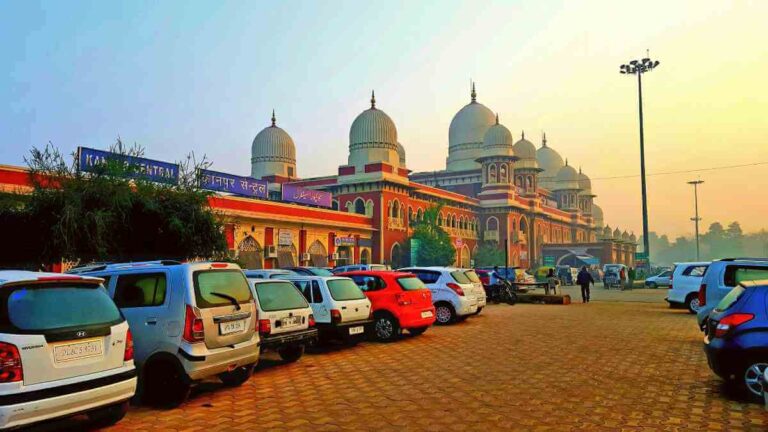



Add comment